Idea by
Flavio Martella, Maria Vittoria Tesei
m²ft architects
http://www.m2ft-architects.com/
Call for ideas 2019
Domestic Boundaries
Domestic Boundaries
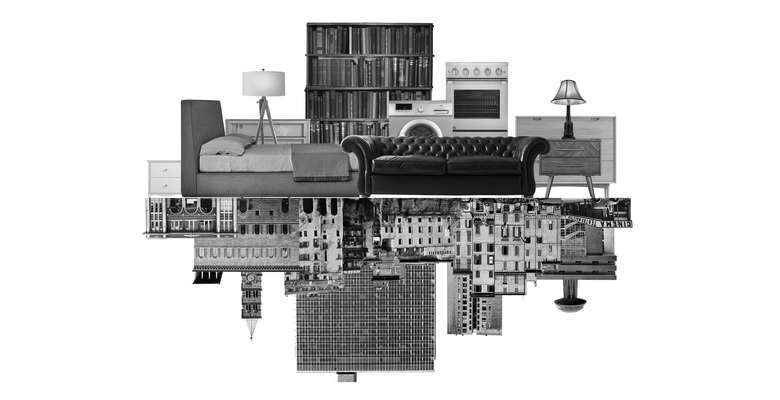
- Systemic changes
The relationship between home and city has always been one of the less obvious, but more significant factors that can promote and allow general social change. In the contemporary era, changes in family structure, work organization, technology, gender, communities and communication are reflected in a new revolution that blends the domestic space with that of the city. The dualities of public and private, of exterior and interior, of architecture of the home and architecture of the city are now broken.
This revolution is affecting and involving every aspect of daily life, from body to architecture, sociology to psychology, productivity to reproductivity, isolation to community. It involves also a rediscovery of the crucial role of architecture as a discipline related with many aspects of the social system, and that it could then understand and respond to our current society, abandoning its self-referentiality and theoretical autonomy.
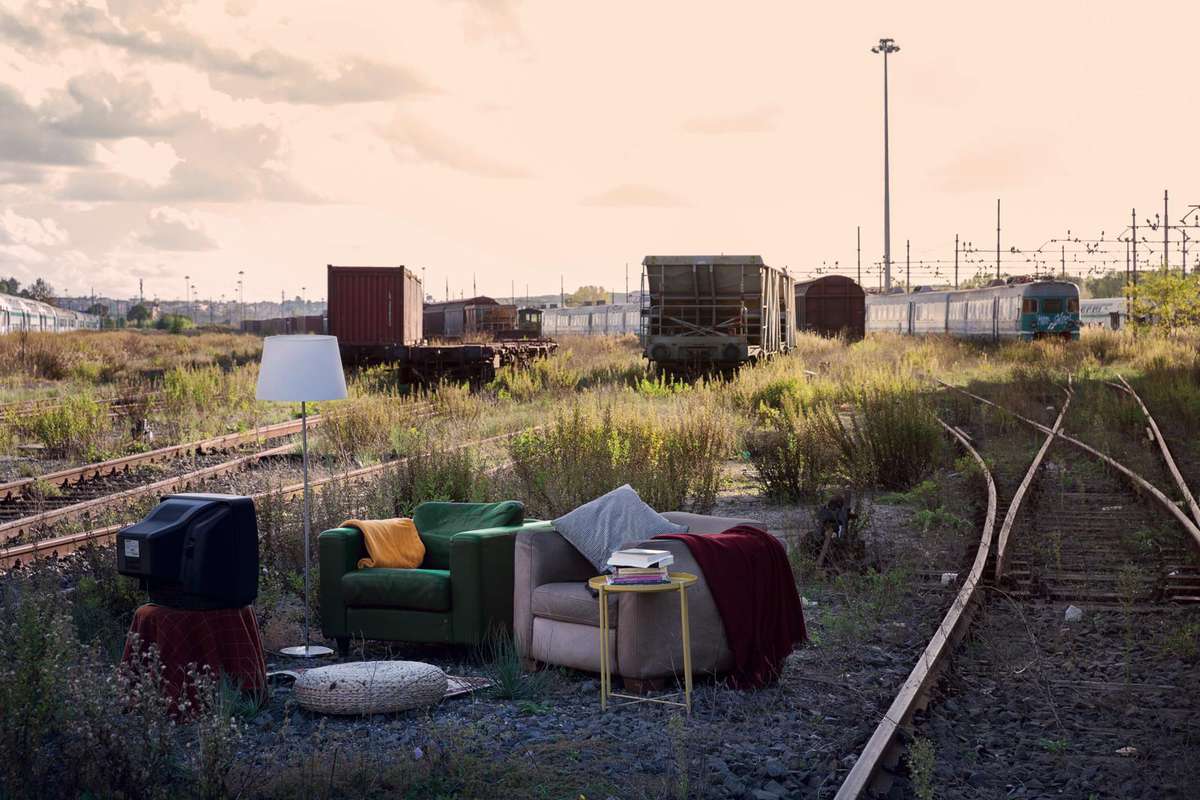
The inhabitant of the contemporary city lives in the condition that Verschaffel has called “a-topia”, i.e. where the person becomes a nomadic subject freed from the concept of belonging and therefore is in a state of perennial transit. With this new figure the perception of domestic and urban space passes from being permanent to nomadic. The house tends to the city, and the city turns into a home.
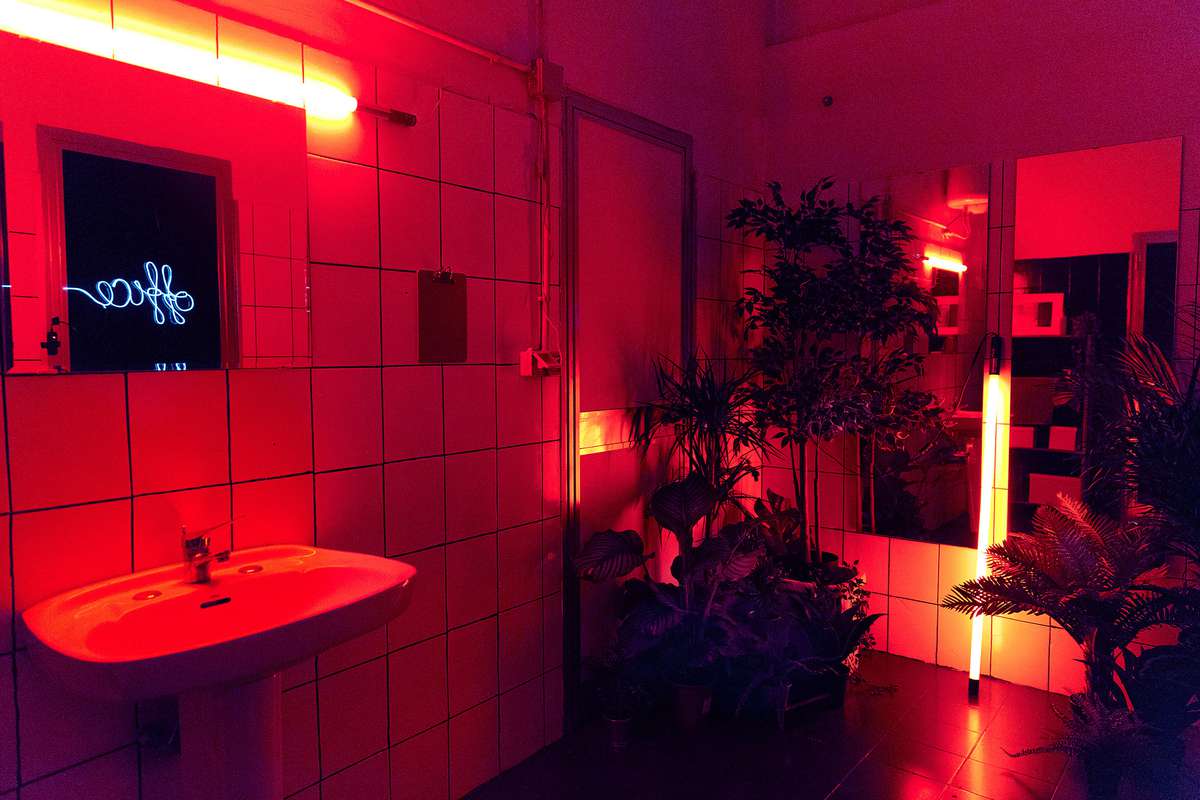
In the expanded domesticity the bathroom maintains a key role. Despite its physical presence is still bound to the home, the onset of new ways of life and new forms of work gives the bathroom a new character. It acquires sensuality and warmth and at the same time, with the advent of “immaterial production”, it is also one of the major places of indirect production of the house.
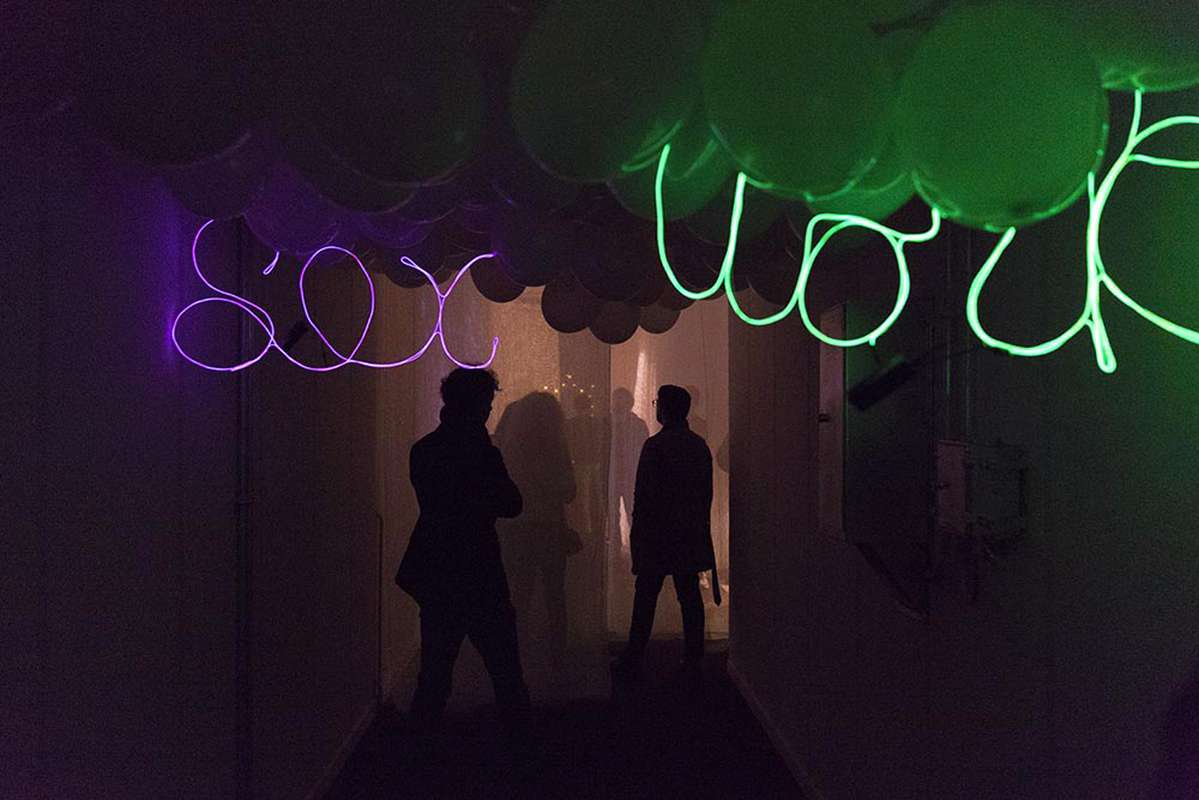
The omnipresence of communication technologies is causing radical changes in the form of interacting, working and living. As a consequence, the material space changes, being often also incorporated into this new phagocyte entity: the cloud. Its constant presence ensures that even production is pontentially omnipresent, as well as domesticity.
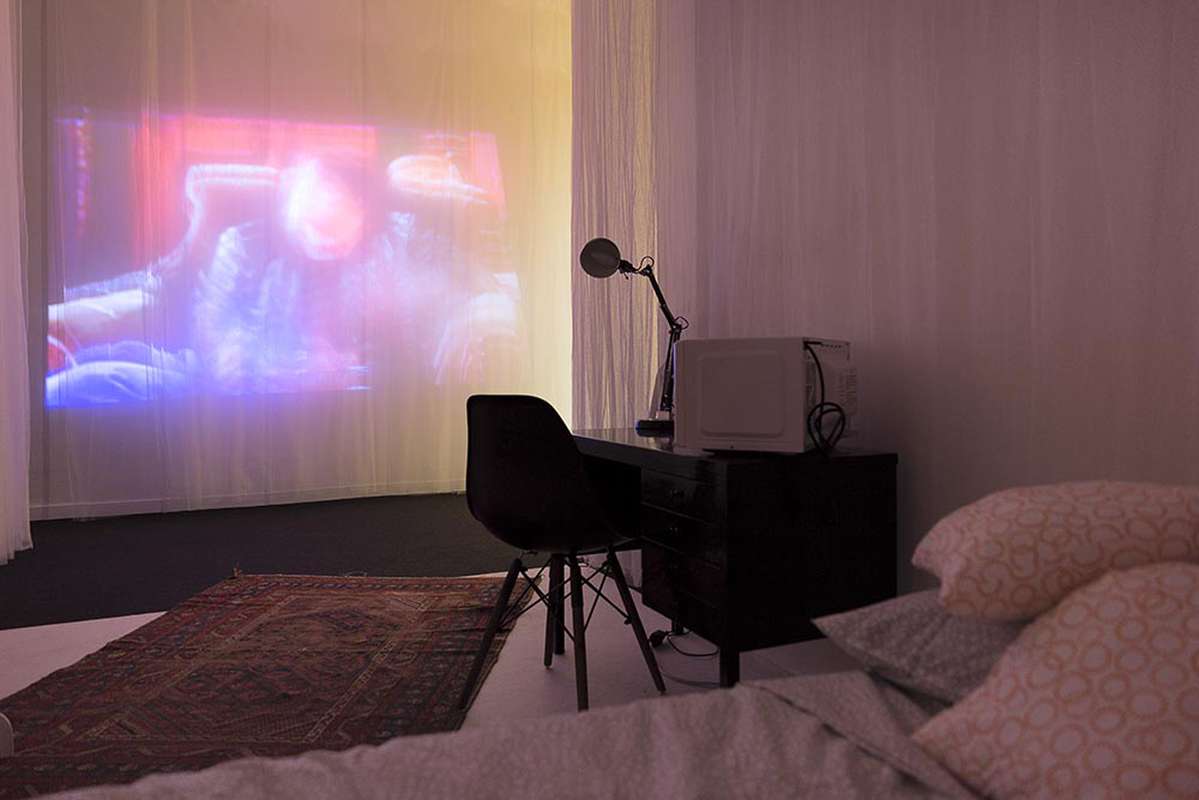
The dissolution of domestic boundaries through new technologies, socio-political-economic changes and the disappearance of housewife are changing the relationship that domestic environment has with the urban one. Many of its traditional functions are absorbed by the city, creating a new hybrid entity that exists in relation to its context. The ones that remains are restructured to respond the contemporary necessities: the bedroom is now the multimedia centre of the home. Domesticity is expanded.

The new communication and entertainment systems are no longer linked to a particular space. On the contrary, they are capable of creating on their own a domestic and intimate existential perception of the human being, which transcends from its physicality. With their appearance, the domestic space is altered, and assumes even more its contemporary multidimensional condition. The space is dissolved in favor of time. New gods are shaping new routines.
Domestic Boundaries
Domestic Boundaries

- Systemic changes
The relationship between home and city has always been one of the less obvious, but more significant factors that can promote and allow general social change. In the contemporary era, changes in family structure, work organization, technology, gender, communities and communication are reflected in a new revolution that blends the domestic space with that of the city. The dualities of public and private, of exterior and interior, of architecture of the home and architecture of the city are now broken.
This revolution is affecting and involving every aspect of daily life, from body to architecture, sociology to psychology, productivity to reproductivity, isolation to community. It involves also a rediscovery of the crucial role of architecture as a discipline related with many aspects of the social system, and that it could then understand and respond to our current society, abandoning its self-referentiality and theoretical autonomy.
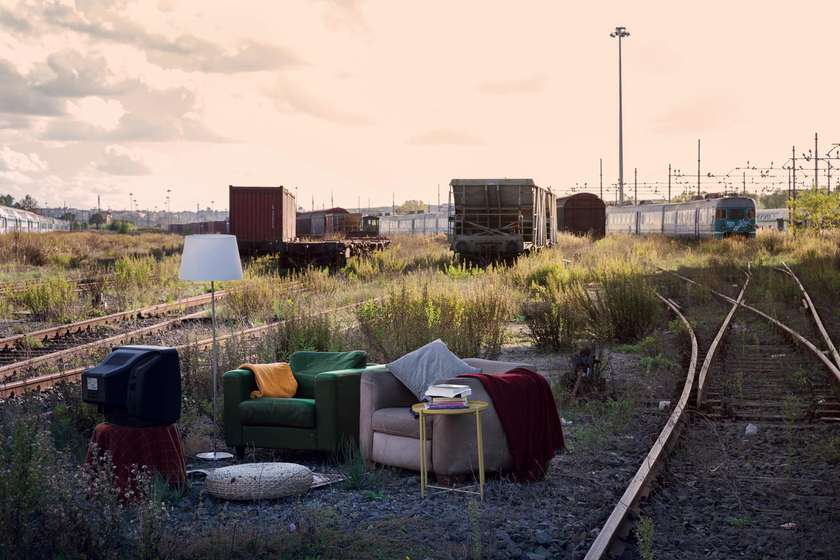
The inhabitant of the contemporary city lives in the condition that Verschaffel has called “a-topia”, i.e. where the person becomes a nomadic subject freed from the concept of belonging and therefore is in a state of perennial transit. With this new figure the perception of domestic and urban space passes from being permanent to nomadic. The house tends to the city, and the city turns into a home.
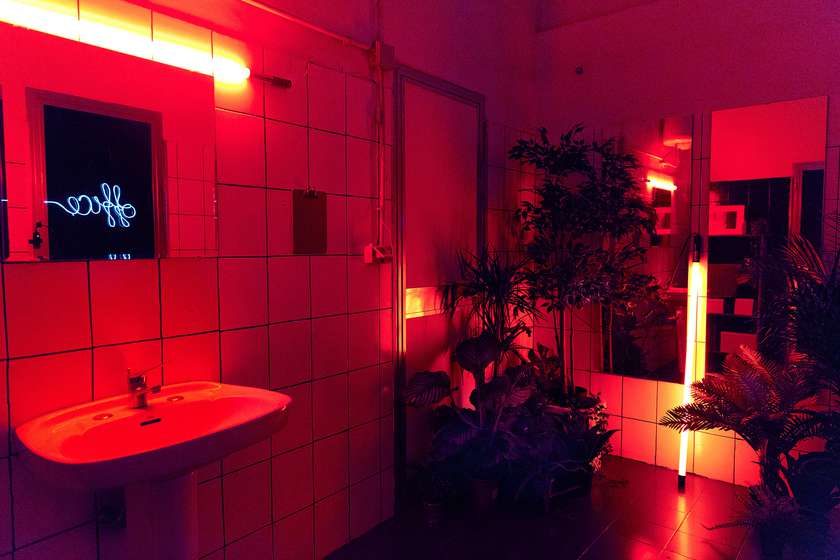
In the expanded domesticity the bathroom maintains a key role. Despite its physical presence is still bound to the home, the onset of new ways of life and new forms of work gives the bathroom a new character. It acquires sensuality and warmth and at the same time, with the advent of “immaterial production”, it is also one of the major places of indirect production of the house.
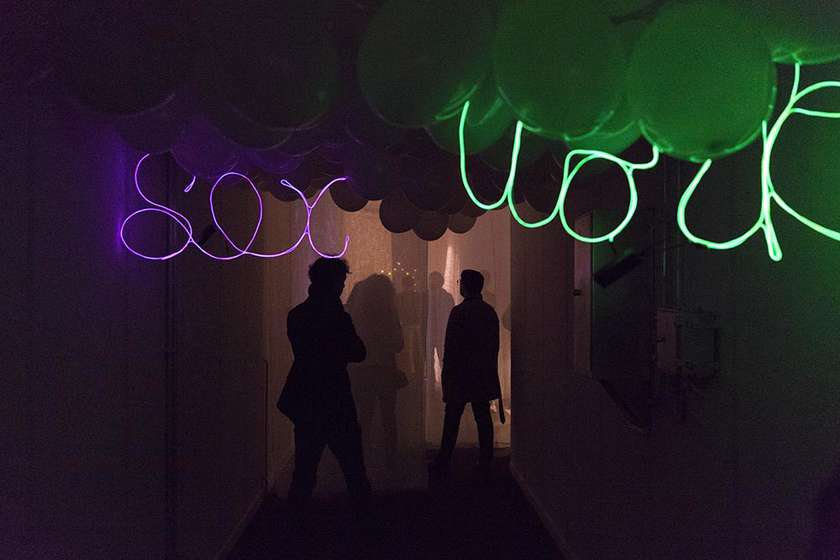
The omnipresence of communication technologies is causing radical changes in the form of interacting, working and living. As a consequence, the material space changes, being often also incorporated into this new phagocyte entity: the cloud. Its constant presence ensures that even production is pontentially omnipresent, as well as domesticity.

The dissolution of domestic boundaries through new technologies, socio-political-economic changes and the disappearance of housewife are changing the relationship that domestic environment has with the urban one. Many of its traditional functions are absorbed by the city, creating a new hybrid entity that exists in relation to its context. The ones that remains are restructured to respond the contemporary necessities: the bedroom is now the multimedia centre of the home. Domesticity is expanded.

The new communication and entertainment systems are no longer linked to a particular space. On the contrary, they are capable of creating on their own a domestic and intimate existential perception of the human being, which transcends from its physicality. With their appearance, the domestic space is altered, and assumes even more its contemporary multidimensional condition. The space is dissolved in favor of time. New gods are shaping new routines.